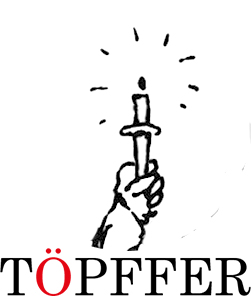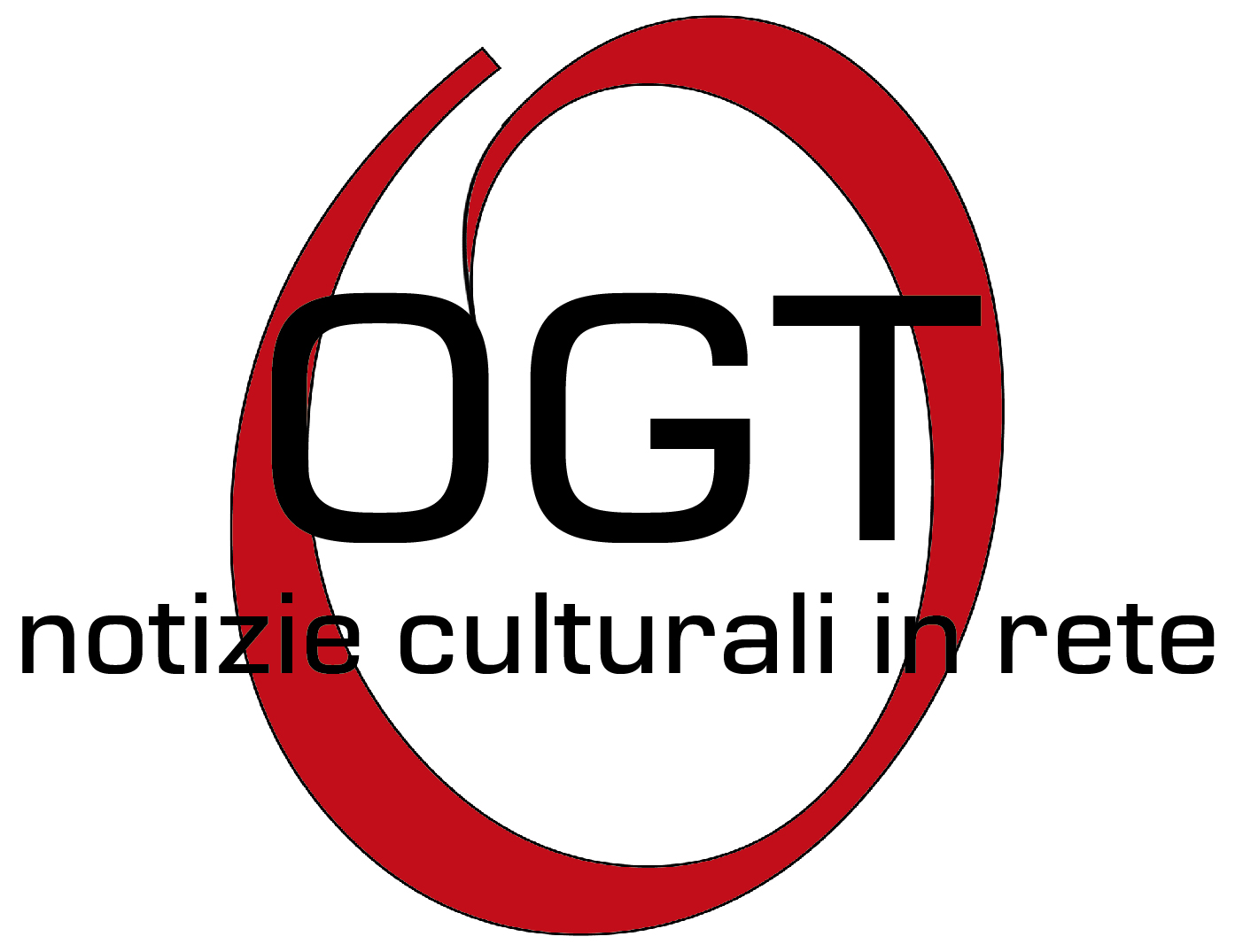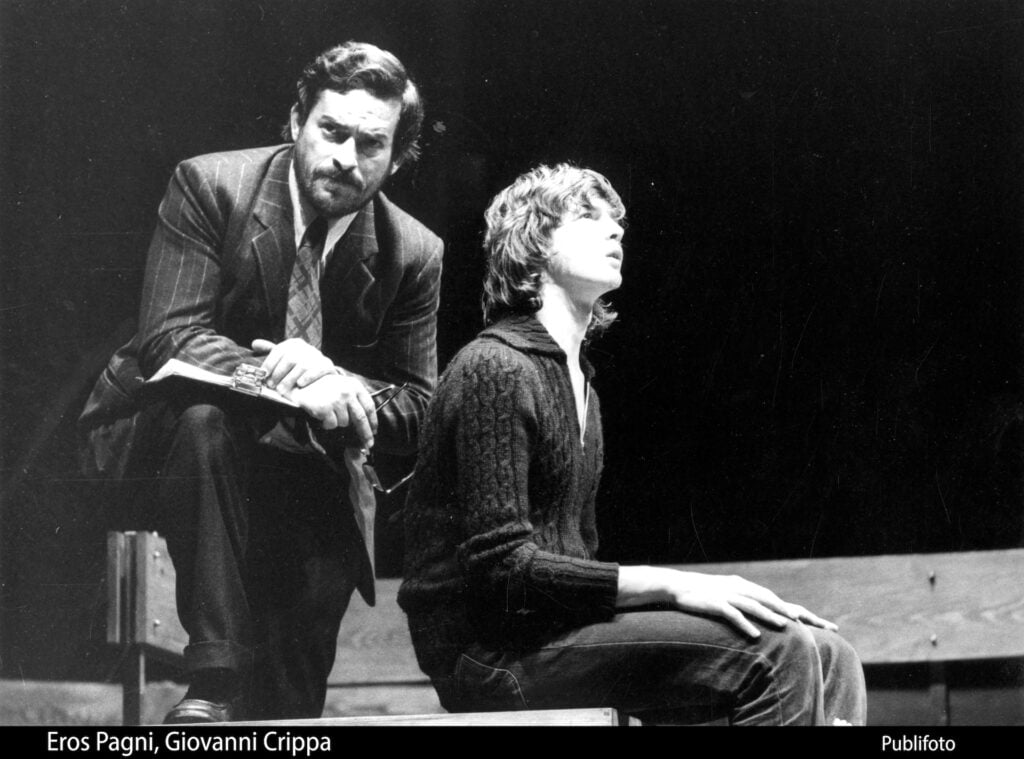academia.eu di domenica 10 novembre 2019
A Decorated Bone ‘Spatula’ from Göbekli Tepe. On the Pitfalls of Iconographic Interpretations of Early Neolithic Art
di Oliver Dietrich & Jens Notroff
Göbekli Tepe is well known for the monumental ar-chitecture of its older Layer III which dates to thePre-Pottery Neolithic (PPN) A (Schmidt 2012; forradiocarbon data cf . Dietrich et al . 2013). Up to 4 m high monolithic T-shaped pillars were arranged incircle-like enclosures around two taller (> 5.5 m high)central pillars (Fig. 1). The pillars are interconnected by walls and stone benches and are decorated withvarious animal motifs, but also with highly abstractsymbols. In some cases arms, hands and items ofclothing demonstrate unambiguously that the pillarsrepresent stylized anthropomorphic beings (Fig. 2).There is clear evidence to see the site in the context ofEarly Neolithic cultic ritual ( e.g. Dietrich and Notro 2015). A younger phase (Layer II, early and middlePPNB) consists of smaller rectangular buildings, oftenfeaturing just two small central pillars or none at all.Besides the architecture, every excavation at GöbekliTepe has produced a large amount of remarkable ico- nographic nds, such as reliefs, sculptures, decoratedshaft-straighteners, and plaquettes. One of these nds, a rather enigmatically decorated bone artefact, lies atthe focus of this short contribution. It highlights themanifold challenges when engaging with the archaeo-logical interpretation of images.
leggi l'articolo integrale su academia.eu
| SCHEDA LIBRO | Segnala | Ufficio Stampa |









